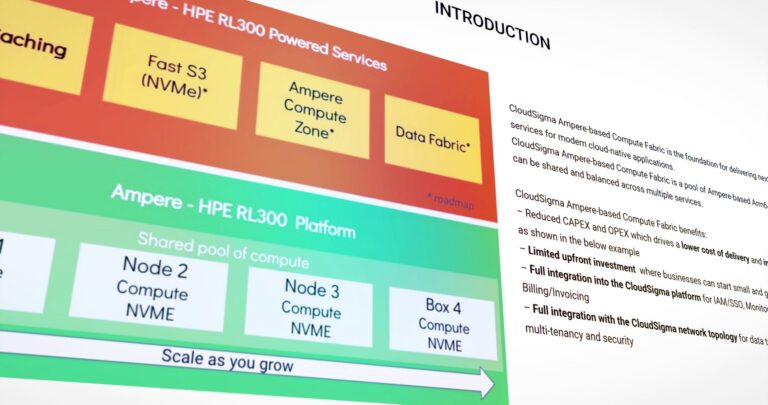We know that corporate acquisitions happen in the IT industry.
This often drives customers into unwelcome licensing changes, different service agreements and skewed product roadmaps that a business may have not anticipated aligning its IT operations department to previously.
Given the sometimes unsettling nature of post-acquisition platform engineering – spoiler alert, of course we’re making reference to Broadcom’s 2023 acquisition of VMware here – it makes a lot of sense to consider how enterprises could have positioned themselves for disruption by running more than one hypervisor before there was even a hint of the shake up. After all, analyst house Forrester predicted as many of 20% of VMware customers would leave throughout 2024 as they were, “exhausted by significant price hikes, degrading support and mandatory subscription.”
Infrastructure reframe
In fact, the whole VMware vortex (and no, that’s not actually a de facto industry term) speaks of a time when enterprises have started to realise the need to think about how they reframe, manage and operate their IT infrastructure. You’ll notice I said reframe and not necessarily refactor. This is not about roughing up the codebase of applications or indeed lower-level work down into the system kernel. Rather, this is all about reframing the architectural approach that defines the DNA of infrastructure itself. This is a technology proposition that encourages the use of two different hypervisors.
With two hypervisor engines running, a business immediately gains a wider straddle over a greater resiliency to handle threats and position itself more stably as it looks to scale and grow. Let’s imagine that an organisation does have legacy VMware infrastructure in place where it needs to initially still keep the high-risk parts of its operations in place; the business can do this while also exploring new capabilities with an alternative hypervisor. We could call this ‘hybrid infrastructure’ approach not only prudent, it also enables organisations to put themselves in the best possible position to handle new user demands.
Convenience breeds stagnation
There may be tough decisions to make and difficult conversations to have, but this is the point at which firms need to measure vendor allegiance vs. company liabilities. When it’s convenient to keep things as they are and maintain the status quo, convenience breeds stagnation in a computing era when digital platforms need to deliver innovation to provide flexibility and hyper-customised user experiences.
But this is no point-and-click operation. Working towards a hybrid infrastructure approach requires careful strategic planning to ensure dual-hypervisor systems run at the most synergistic level possible. As this process is brought online, organisations can start to make bifurcation decisions to branch applications and services away from legacy infrastructure towards more modern, more resilient and more performant platforms that deliver greater business value. It’s all about managing present needs in the here and now, while also enlisting new capabilities for future operations.
Hybrid-cloud, hybrid-infrastructure
Although this whole story might play out deep in the infrastructure underbelly of any modern organisation, the higher truth here is quite straightforward to grasp. It is widely known that the public cloud is powerful, but the private cloud is still inherently valuable in terms of data privacy regulations, a variety of latency requirements and some mission-critical use cases. Hybrid cloud therefore wins the day. It’s a truth that has been known for some time now.
It is no massive leap of faith or extension of thought to say, therefore, that hybrid infrastructure makes sense. In a computing landscape where companies need to manage resources and workloads across hybrid cloud estates, a hybrid infrastructure can function as the most performant, innovative, resilient and flexible backbone possible.
About the Author
James Sturrock is Director of Systems Engineering at Nutanix. Nutanix is a global leader in cloud software, offering organizations a single platform for running apps and data across clouds. With Nutanix, companies can reduce complexity and simplify operations, freeing them to focus on their business outcomes. Building on its legacy as the pioneer of hyperconverged infrastructure, Nutanix is trusted by companies worldwide to power hybrid multicloud environments consistently, simply, and cost-effectively.


